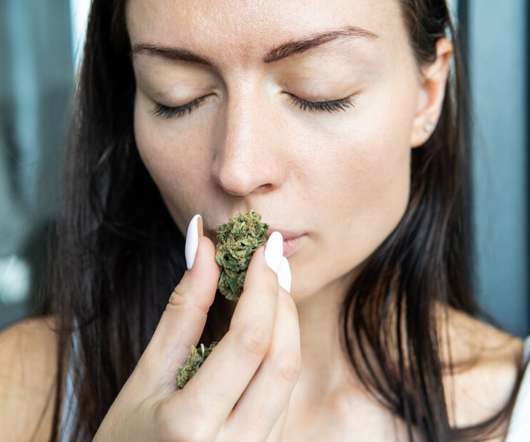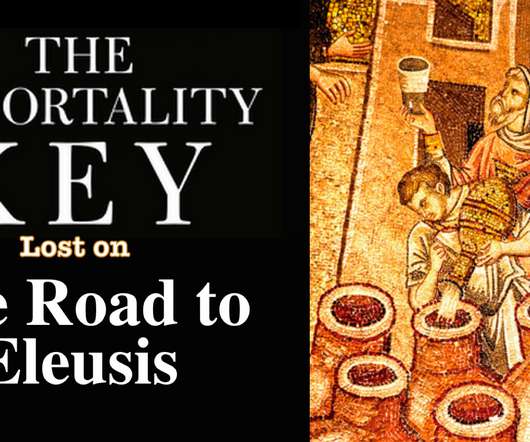Cannabis for Lupus: Here’s How Cannabinoids Relieve Inflammation
Greencamp
AUGUST 25, 2018
Following this, there is a growing body of evidence which shows that cannabinoids may also inhibit interleukin-6, which is an inflammatory protein associated with autoimmune diseases. Humans and other mammals produce compounds called endocannabinoids (which are coincidentally similar to active compounds found in cannabis— cannabinoids).




















Let's personalize your content